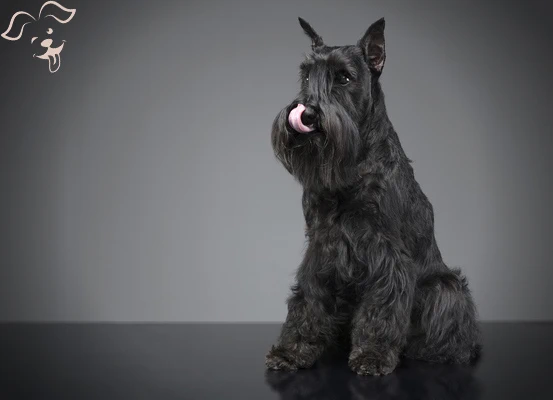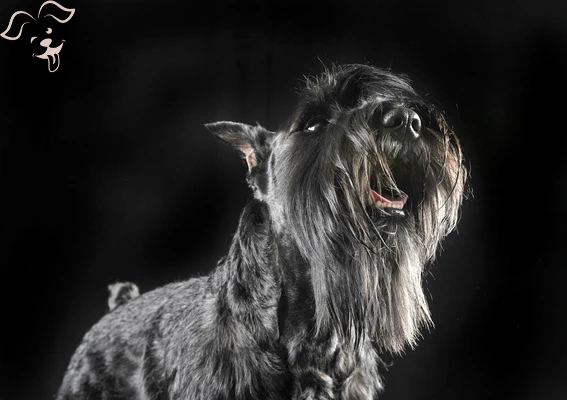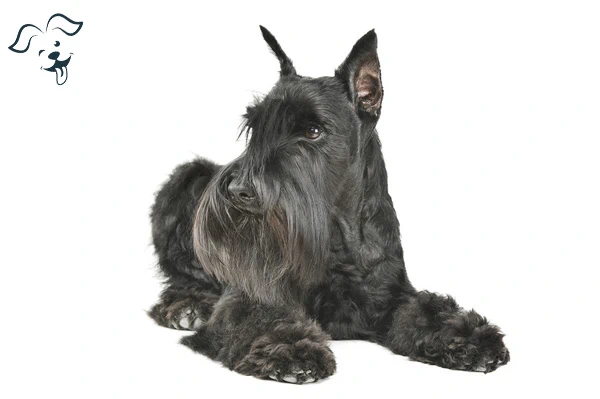CARING WITH FAMILY
|
| The affection that a breed exhibits towards family members or familiar individuals can vary greatly from one breed to another. Certain breeds may show a reserved demeanor displaying affection primarily towards their owner and remaining distant with others. Conversely, there are breeds that exude warmth and friendliness effectively treating anyone they recognize as their close companion. |
LOVE WITH CHILDREN
Unwise
Good With Children
|
| A breed's tolerance and patience with children's behavior, as well as its overall suitability for a family setting, can range considerably among different types of dogs. Some breeds possess a gentle demeanor and a patient nature qualities that make them particularly compatible with lively, sometimes unpredictable children. These dogs may display a nurturing and protective attitude often becoming a child's loyal playmate. |
BEHAVIOR WITH DOGS
Unwise
Good With Other Dogs
|
| The inherent sociability of a breed with other dogs can vary widely. Some breeds are known for their congenial nature often getting along with other canine companions harmoniously, whether in the home environment or during outings. These breeds are typically more adaptable able to join playgroups or interact with fellow dogs during walks with ease. |
SHEDDING LEVELS & MANAGEMENT
No Shedding
Hair Everywhere
|
| The amount of shedding you can expect from a dog breed varies significantly and can impact how you manage your household in terms of cleaning and allergies. Breeds with heavier coats and those that have double layers tend to shed more especially during seasonal changes when they "blow" their coats — that is, when they shed their undercoats in large amounts. |
COAT GROOMING STANDARDS
|
| Reflect on how often a particular breed demands bathing, brushing, pruning, or other grooming procedures. As you assess the required grooming endeavors, balance your time availability, patience threshold and budget. It's important to note that trimming nails is a universal necessity across all breeds. |
DROOLING INTENSITY
Less Likely to Drool
Always Have a Towel
|
| Consider the drool factor of different breeds. If keeping things pristine is your thing, you might want to steer clear of dogs that are likely to anoint your arm with slobber or gift your clothes with large damp spots. |
COAT STYLES GUIDE |
| Wiry, Double |
| COAT SPECTRUM |
| Medium |
FRIENDLINESS
Reserved
Everyone Is My Best Friend
|
| Reflect on how receptive a breed tends to be towards new acquaintances. While some breeds remain guarded or circumspect around strangers irrespective of the setting, others exhibit boundless enthusiasm at the chance to make a human friend. |
LIVELINESS
Only When You Want To Play
Non-Stop
|
| Certain breeds possess a zest for play that extends well beyond their puppy years. These dogs maintain a strong desire to engage in games like tug-of-war or fetch as they mature into adulthood. On the other hand, there are breeds that, as they grow older prefer to spend much of their time simply lounging on the sofa alongside their owners. |
VIGILANCE INTENSITY
What's Mine Is Yours
Vigilant
|
| Certain breeds have an innate inclination to notify their owners when unfamiliar faces are nearby. These dogs often respond with vigilance to any perceived danger which could range from the routine appearance of the postal worker to the sight of a squirrel darting past the window. Such breeds typically grow to welcome new individuals who visit the home, once they recognize them as guests embraced by their family members. |
ADAPTATION CAPACITY
Lives For Routine
Highly Adaptable
|
| The adaptability of a breed to change is an important trait to consider. This encompasses how well a breed can adjust to different living environments, tolerate noise, cope with varied weather patterns and adapt to fluctuations in the daily routine along with other everyday life changes. |
OBEDIENCE LEVEL
Self-Willed
Eager to Please
|
| The trainability of a dog breed reflects how receptive and willing the breed is to learn new commands and behaviors. Some breeds are highly motivated to please their owners and are known for their ease of training. These dogs often learn new tasks quickly and enjoy the process of training as it involves interaction with their humans and mental stimulation. |
STAMINA LEVEL
|
| The level of physical activity and mental engagement a breed requires often differs markedly. High energy breeds are on perpetual standby for action and are enthusiastic about embarking on their next escapade. They'll typically pass their days with vigorous running, leaping and playing. Conversely, breeds with lower energy resemble couch potatoes, content to lie back and doze off for extended periods. |
VOCALIZATION
|
| Likes To Be Vocal |
LEARNING CURIOSITY LEVEL
Happy to Lounge
Needs a Job or Activity
|
| The level of mental enrichment necessary to maintain a breed's contentment and health can differ significantly. Dogs bred for specific roles may need tasks that challenge their capacity for decision-making, problem-solving and concentration. If they aren't provided with the mental workouts they crave, they might just take matters into their own paws. This often leads to them devising their own "assignments," which, more often than not, might not align with the kind of activities you'd prefer they engage in. |
| COLORS |
|
Description
|
Registration Code
|
|
Black
|
007
|
|
Black Brindle
|
279
|
|
Brindle
|
057
|
|
Red Brindle
|
148
|
|
Silver Brindle
|
303
|
|
Wheaten
|
224
|
|
| PATTERNS | . |






























FRIENDLINESS
LIVELINESS
VIGILANCE INTENSITY
ADAPTATION CAPACITY